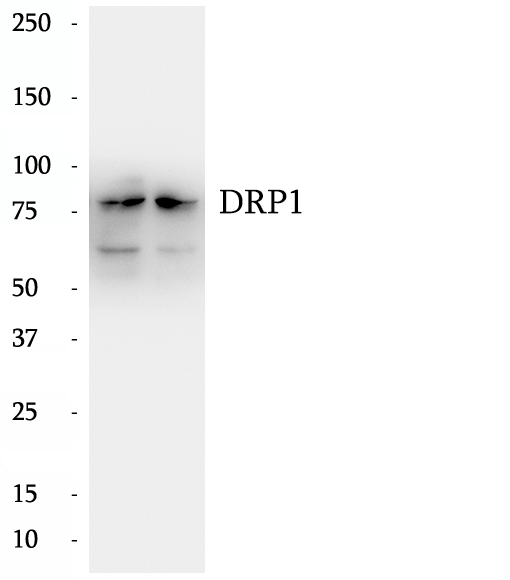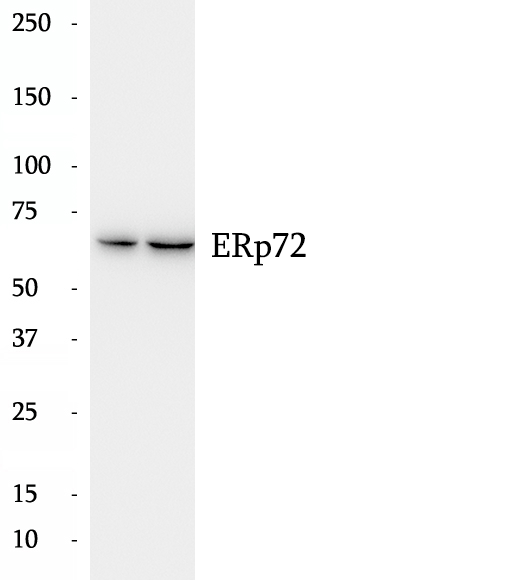|
BP63418
|
Anti-PATL1 antibody
|
|
|
|
|
Patellin1 (PATL1) is a human homolog to yeast P body component Pat1, localizes to P bodies and is required for P body formation. Furthermore, Pat1 is the only decapping activator protein that, besides interacting with deadenylated mRNAs, also binds to eIF4G-, eIF4E- and Pab1p-associated polyadenylated mRNA and locates to polysomes.
|
|
BP64123
|
Anti-RINT1 antibody
|
|
|
|
|
RINT-1 was first identified as a Rad50-interacting protein that participates in radiation-induced G2/M checkpoint control. It also involved in regulation of membrane traffic between the endoplasmic reticulum and the Golgi. It interacts with p130, an Rb family protein, and together they regulate the telomerase-independent telomere length. Otherwise, it interacts with Zeste white 10 with its N-terminal region throughout the cell cycle.
|
|
BP63632
|
Anti-Phospho-STAT1 (Tyr701) antibody
|
|
|
|
|
STAT1 (signal transducers and activators of transcription 1) is a member of the STAT protein family. STAT family members are phosphorylated by the receptor associated kinases, and then form homo-or heterodimers that translocate to the cell nucleus where they act as transcription activators. The phosphorylation of STAT1 at Tyr701 promotes the dimerization of STAT1 and its translocation into the nucleus where it binds the GAS promoter to allow the transcription of inflammatory response genes and STAT1β (84 kDa).
|
|
BP63293
|
Anti-OCT1 antibody
|
|
|
|
|
The POU class 2 homeobox 1 (POU2F1), also known as octamer-binding transcription factor-1 (OCT-1), is a ubiquitous nuclear protein that regulates the transcription of target genes by binding to a cis-acting octamer element (5'-ATTTGCAT-3'). It participated in the regulation of housekeeping genes, including histone H2B and snRNAs, for cell differentiation and proliferation. In addition, it functions as a cellular stress sensor that modulates activities of tissue-specific target genes involved in immune and inflammatory responses. It also acts as a repressor for the cytokine-inducible, NF-kB-dependent expression of E-selectin and the vascular cell adhesion molecule during vascular inflammation. Otherwise, it can interact with nuclear hormone receptors, such as the retinoid X receptor, the thyroid hormone receptor and the glucocorticoid receptor, and influence their transcription activity.
|
|
BP64035
|
Anti-RASA2/3 antibody
|
|
|
|
|
Rasa3 is a GTPase activating protein of the GAP1 family which targets R-Ras and Rap1. While R-Ras has been extensively studied due to its involvement in cancer, Rap1 has recently attracted a lot of attention due to its central role in development and morphogenesis of higher organisms, especially in the cardiovasculature. This antibody can react with RASA2 and RASA3.
|
|
BP65269
|
Anti-VPS53 antibody
|
|
|
|
|
VPS53 is a component of the Golgi-associated retrograde protein (GARP) complex, also called VFT (VPS fifty-three) complex, composed of VPS51, VPS52, VPS53 and VPS54. GARP complex functions in traffic from endosomes to the trans-Golgi network. GARP proteins interact with RAB proteins and SNARE proteins.
|
|
BP61805
|
Anti-FUT4 antibody
|
|
|
|
|
FUT4, also named as ELFT and FCT3A, belongs to the glycosyltransferase 10 family. FUT4 may catalyze alpha-1,3 glycosidic linkages involved in the expression of Lewis X/SSEA-1 and VIM-2 antigens. The expression of CD15 (acts as a terminal glycotope in glycoproteinsand glycolipids) is directed by FUT4 in promyelocytes and monocytes. FUT4 is an antigenic epitope defined as a Lewis X carbohydrate structure is expressed on murine embryonal carcinoma cells (EC), murine ES and iPS cells, and murine and human germ cells. It is widely used as a positive surface marker for mouse undifferentiated ES and iPS cells and a negative surface marker for human undifferentiated ES and iPS cells. Expression is down-regulated following differentiation of murine EC and ES cells, while the differentiation of human EC and ES cells is accompanied by an increase in FUT4 expression. FUT4 is associated with cell adhesion, migration and differentiation. 19497-1-AP antibody detects the glycosylated isoform proteins around 95-140 kDa in SDS-PAGE.
|
|
BP64877
|
Anti-TLR6 antibody
|
|
|
|
|
TLR6, also known as CD286, belongs to the Toll-like receptor (TLR) family which are important in the innate immune response to pathogens. TLRs are highly conserved from Drosophila to human and share structural and functional similarities. TLR6 can form a heterodimer with TLR2. TLR6 and TLR2 both are recruited to the macrophage phagosome, where they recognize peptidoglycan, a Gram-positive pathogen component. TLR6 interacts with CD36, following CD36 stimulation by oxLDL or amyloid-beta 42, and forms a heterodimer with TLR4. The trimeric complex is internalized and triggers inflammatory response.
|
|
BP64563
|
Anti-SP1 antibody
|
|
|
|
|
The transcription factor Sp1 is a C2H2 zinc-finger protein that is involved in the regulation of a wide variety of genes, including housekeeping genes and tumor-developing genes. It is associated with tumor development, growth, and metastasis. It regulates the expression of a large number of genes involved in a variety of processes such as cell growth, apoptosis, differentiation and immune responses. Besides, it has a role in modulating the cellular response to DNA damage, recruiting SMARCA4/BRG1 on the c-FOS promoter, regulation of FE65 gene expression. SP1 is detected with MW 95-105 kDa and 65 kDa in this paper.
|
|
BP61357
|
Anti-DMGDH antibody
|
|
|
|
|
DMGDH (Dimethylglycine dehydrogenase, mitochondrial) is also named as ME2GLYDH and belongs to the GcvT family. It catalyzes the oxidative demethylation of dimethylglycine to form sarcosine and it plays a role in choline catabolism in the liver. The full length protein has a transit peptide.
|
|
BP61980
|
Anti-golgin 97 antibody
|
|
|
|
|
Golgin subfamily A member 1 is a protein that in humans is encoded by the GOLGA1 gene. GOLGA1 has been shown to interact with ARL1. GOLGA1 is associated with Sjogren's syndrome. The MW of this protein is 97 kDa, and Catalog#12640-1-AP specially recognises the 97 kDa protein. IF result shows strong Gogli staining.
|
|
BP64830
|
Anti-TFIP11 antibody
|
|
|
|
|
TFIP11, also named as Tuftelin-interacting protein 11 or Septin and tuftelin-interacting protein 1, is a 837 amino acid protein, which contains one G-patch domain and belongs to the TFP11/STIP family. TFIP11 may localizes in the nucleus and cytoplasm. TFIP11 is involved in pre-mRNA splicing, specifically in spliceosome disassembly during late-stage splicing events. TFIP11 may play a role in the differentiation of ameloblasts and odontoblasts or in the forming of the enamel extracellular matrix.
|
|
BP65066
|
Anti-TTK antibody
|
|
|
|
|
Mps1 family of kinases colocalizes with mitotic checkpoint proteins in kinetochores and/or spindle pole bodies/centrosomes. TTK has been shown to be a cell cycle-regulated kinase displaying maximum activity during M phase. Its kinase activity is required for proper chromosome segregation during mitosis through its involvements in microtubule-chromosome attachment error correction and the mitotic checkpoint. TTK mRNA is present at relatively high levels in testis and thymus, tissues which contain a large number of proliferating cells, but is not detected in most other benign tissues. It has 2 isoforms produced by alternative splicing.
|
|
BP62649
|
Anti-LPIN2 antibody
|
|
|
|
|
Lipin 2, also named as KIAA0249, belongs to the lipin family. Defects in LPIN2 are the cause of Majeed syndrome ajeed syndrome which is an autosomal recessive disorder combining features of chronic recurrent multifocal osteomyelitis.
|
|
BP61288
|
Anti-DDX54 antibody
|
|
|
|
|
DDX54, also named as ATP-dependent RNA helicase DDX54, is a 881 amino acid protein, which contains 1 helicase ATP-binding domain and belongs to the DEAD box helicase family. DDX54/DBP10 subfamily. DDX54 localizes in nucleus and Interacts in a hormone-dependent manner with nuclear receptors. DDX54 has RNA-dependent ATPase activity and represses the transcriptional activity of nuclear receptors.
|
|
BP62892
|
Anti-MOCOS antibody
|
|
|
|
|
MOCOS (Molybdenum cofactor sulfurase) is also named as MCS, MOS, hMCS and belongs to the class-V pyridoxal-phosphate-dependent aminotransferase family. It catalyzes the removal of elemental sulfur from cysteine to produce alanine. Sulfation of molybdenum is essential for xanthine dehydrogenase (XDH) and aldehyde oxidase (ADO) enzymes in which molybdenum cofactor is liganded by 1 oxygen and 1 sulfur atom in active form. Defects in MOCOS are the cause of xanthinuria type 2 (XU2).
|
|
BP64429
|
Anti-SIX4 antibody
|
|
|
|
|
The Six (sine oculis) proteins are a family of homeodomain transcription factors that share a conserved DNA-binding domain and are human homologs of the Drosophila sine oculis (so) protein. SIX homeobox 4 (SIX4), also known as AREC3, belongs to the the Six family. Six4 contains one Six domain (which funtions as a homeobox DNA-binding motif) and shares 90% sequence similarity with its mouse counterpart, suggesting that both proteins have similar DNA-binding properties. SIX4 is thought to be involved in neurogenesis, myogenesis, and development of other organs, based on its specific expression in certain neuronal cells of the developing embryo and in adult skeletal muscles.
|
|
BP63574
|
Anti-Phospho-FOXO3A (Ser315) antibody
|
|
|
|
|
In mammalian cells, FoxO factors act as potent transcriptional activators that upregulate the expression of programs of genes involved in stress resistance, cell cycle arrest, differentiation, apoptosis, autophagy, and metabolism. FOXO3 has a key role in the maintenance of adult neural and hematopoietic stem cells. It also associates with extreme longevity in humans and regulates the homeostasis of adult stem cell pools in mammals, which may contribute to longevity. Phosphorylation inhibits FOXO3 nuclear translocation that is essential for its regulation and function. The calculated molecular weight of FOXO3 is 71 kDa,but some experiments analysis using a FOXO3a specific antibody showed the expression of a 90 kDa full length FOXO3a protein (Full) and a 40 kDa processed FOXO3a product (Short). 90 kDa FOXO3a protein is a phosphorylated via activation of PI3K (phosphatidylinositol 3-kinase) and Akt after INS stimulation, and translocate from the nucleus to the cytoplasm.. IKBKE directly activates Akt and that Akt inhibits FOXO3a by phosphorylation of Ser32, Ser253 and Ser315.
|
|
BP61420
|
Anti-DRP1 antibody
|
|
|
|
|
DNM1L (Dynamin-1-like protein), also known as dynamin-related protein 1 (DRP1), belongs to the dynamin family of large GTPases that mediate membrane remodeling during a variety of cellular processes. DNM1L has an important role in the division of growing mitochondria and peroxisomes and also mediates outer mitochondrial membrane fission in mammalian cells. DNM1L is ubiquitously expressed with abundant expression in skeletal muscle, heart, kidney and brain.Variable isoforms of DNM1L have been reported in a tissue-specific manner due to the alternative splicing.
|
|
BP61581
|
Anti-ERp72 antibody
|
|
|
|
|
PDIA4 (Protein disulfide-isomerase A4) is also named as ERP70, ERP72 and belongs to the protein disulfide isomerase family. It catalyzes the rearrangement of -S-S- bonds in proteins. ERp72 is a soluble protein localized in the ER lumen and contains the COOH-terminalretention signal, KEEL. There are 6 cysteine residues in the amino acid sequences of mouse and human ERp72. All of the cysteine residues occur in the internal thioredoxin motif, CGHC. The full length protein has a signal peptide with 20 amino acid.
|
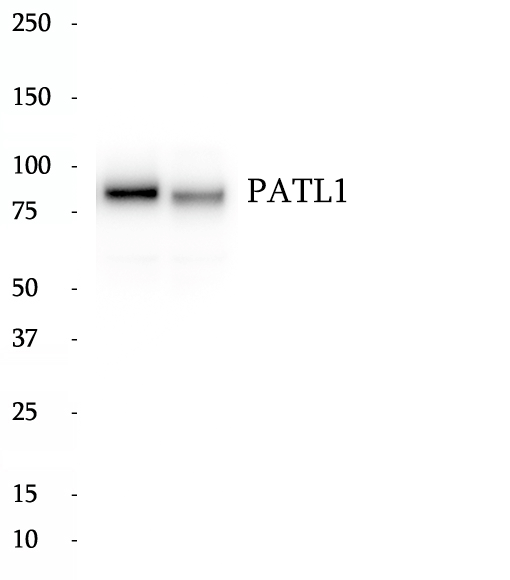
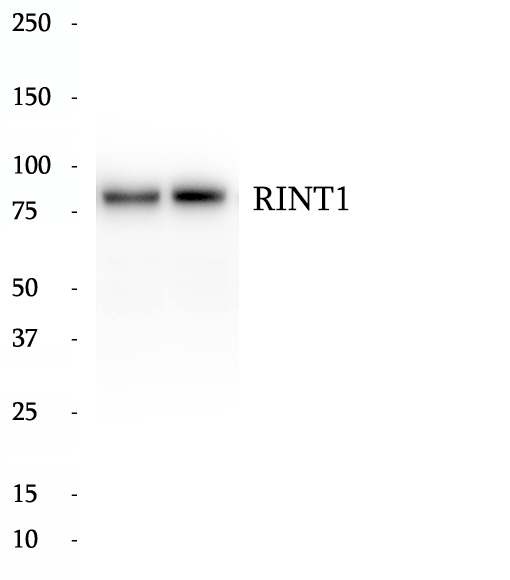
 antibody.gif)
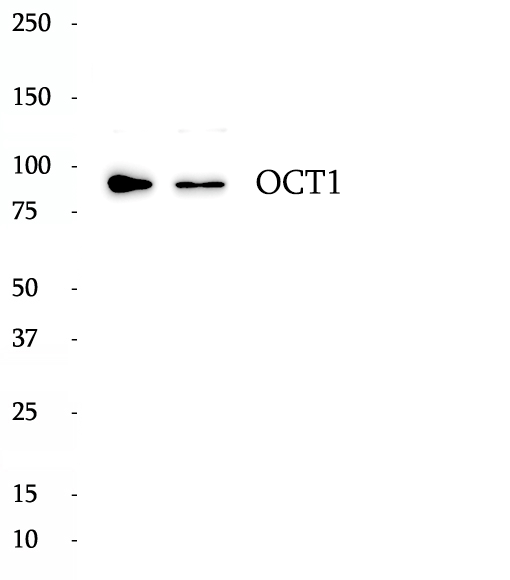
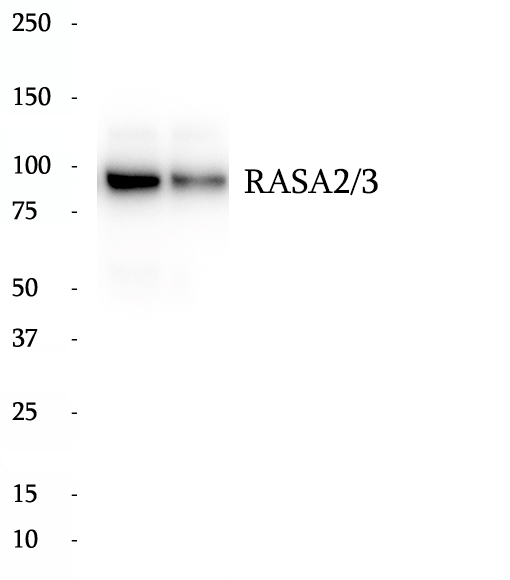
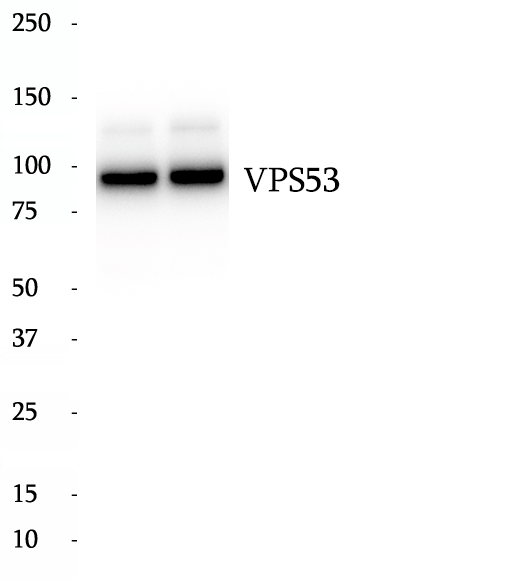
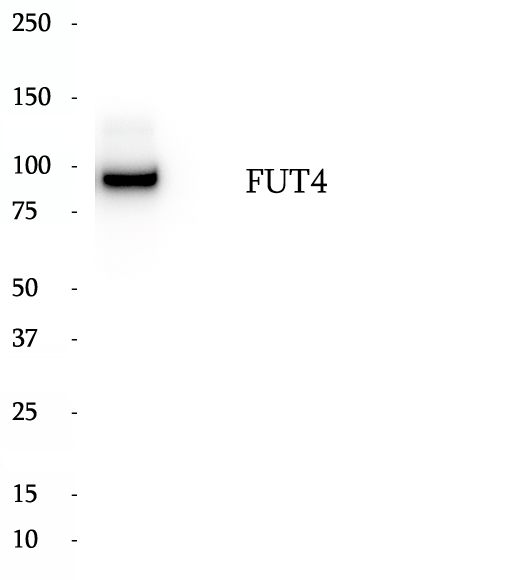
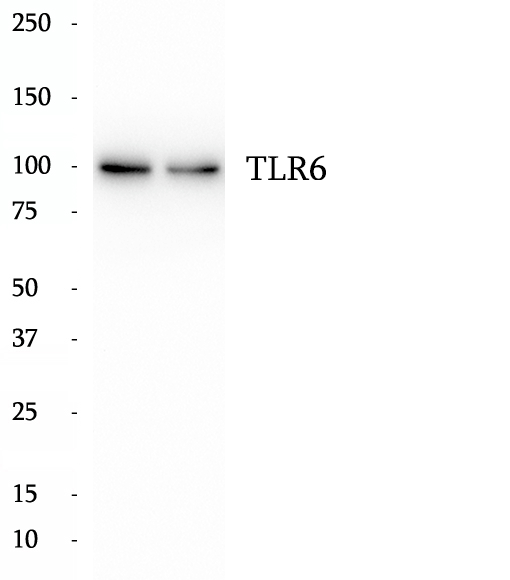
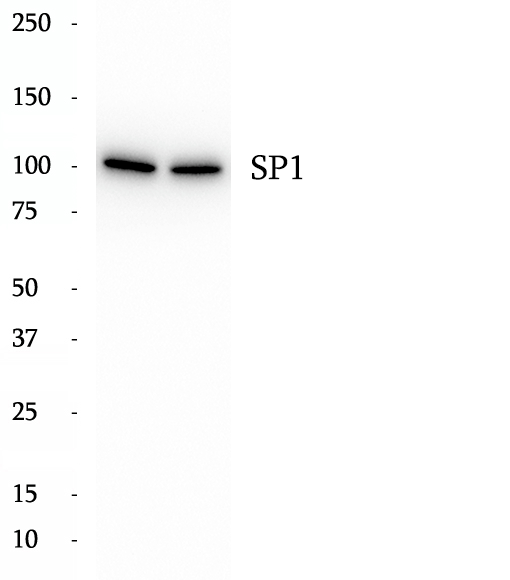
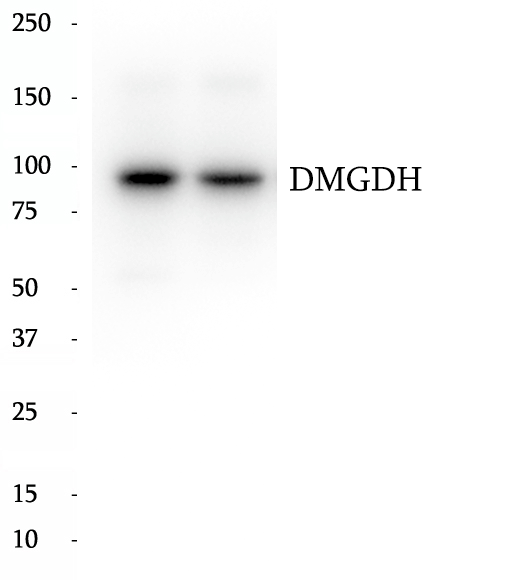
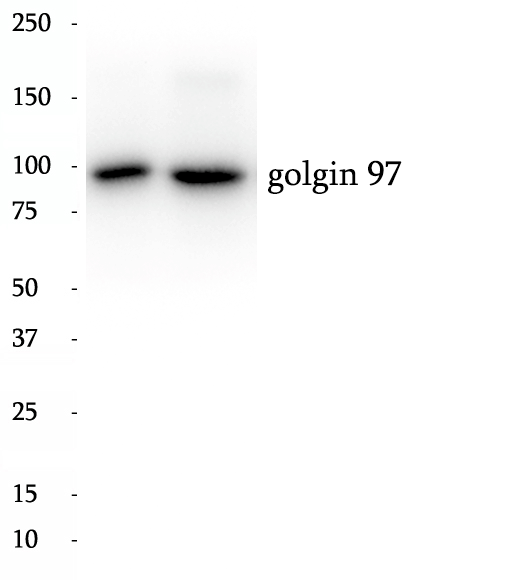
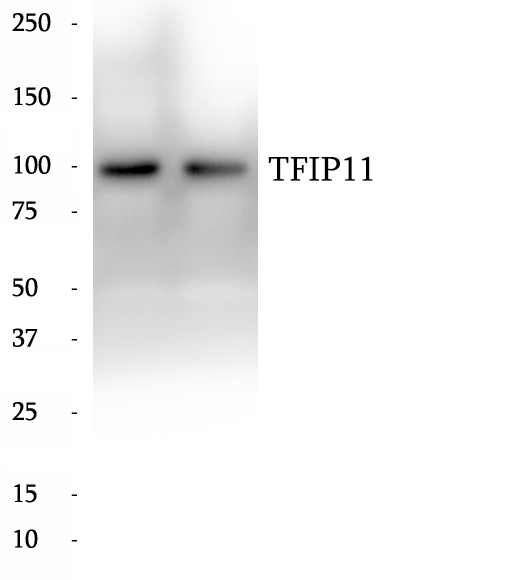
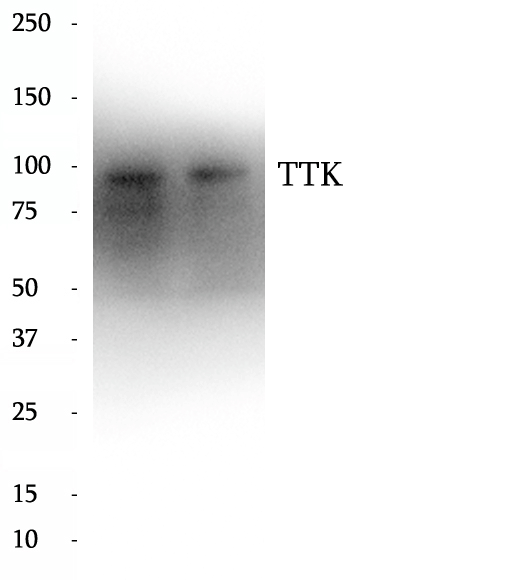
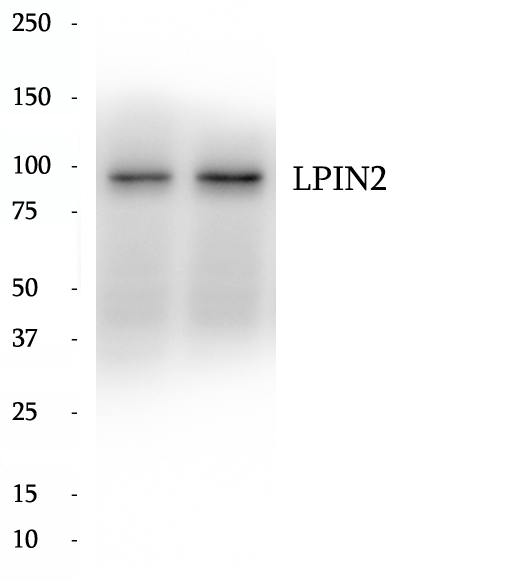
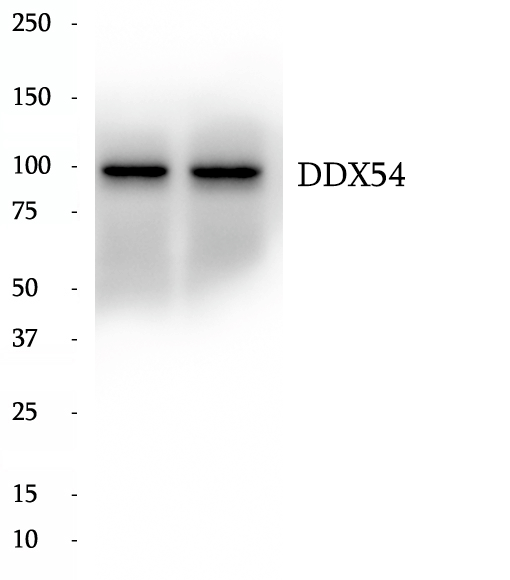

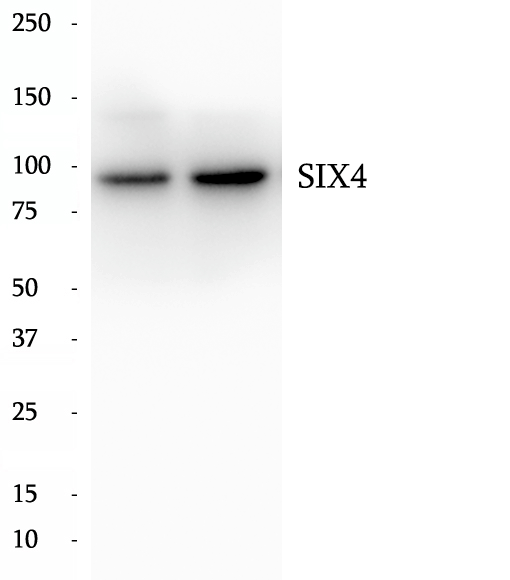
 antibody.gif)
